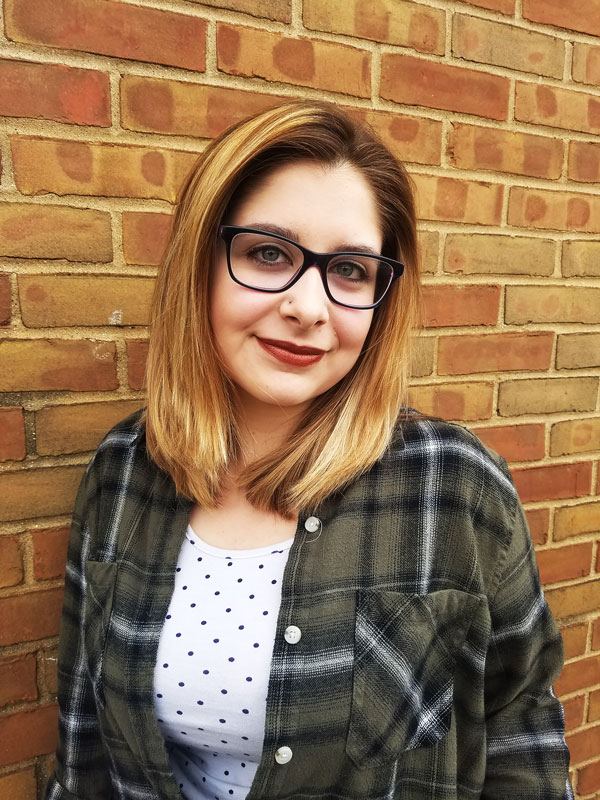In my mind, emotions are like the colors of a hummingbird’s wings – sharp, effervescent and constantly changing. While the sun may glint on a note of emerald green one moment, in another it may hit on a streak of brown, gray or light pink. Hummingbird wings hold an array of shimmering tones, just as we contain an array of tangible sensations.
I am sometimes struck by the steely grays of guilt. At moments I may glitter with the jeweled brightness of happiness and joy, but at others fade to the dullness of depression. My inner self, who I am at my most vulnerable, is as changeable and iridescent as hummingbird wings.My purpose in writing this piece is to ask, is this variability a bad thing? Should I only acknowledge emotions that are perceived as beautiful, the shining pinpoints of light that I feel within my being, and ignore the ones that make me cringe, the pounding drums of shame and hisses of self-loathing? Or should I open myself to all of them?
My vote is for the latter, but not without apprehension.
Opening myself to my feelings is not natural to me. I would argue that it’s not natural for most of us. Depending on our childhoods, social contexts, worldviews and even gender, emotional expression may be taboo. We are allowed to express the feelings that are comfortable for others, that are superficially labeled positive and are not perceived as burdensome. Clearly, those criteria severely limit our emotional capacity. They entirely disregard sensations like bitterness, anger, guilt, anxiety and sadness.
But what is so wrong with eliminating those feelings? Wouldn’t life be better if we never had to encounter these stereotypically negative emotions? The problem with that mentality is that such a life free from bitterness, anger and anxiety does not exist. To deny honoring these emotions is to deny honoring a part of ourselves, even if they are parts of us that we don’t like. All emotions are valid and have a cause.
One such emotion I’ve been exploring in myself recently is guilt. For years, I have struggled with a sense that I am subpar, that I, just being me, am not enough. I repressed those sensations and trucked along, practicing various coping mechanisms just to get by. I would give and give and give, work and work and work to make myself feel useful, seen and loved. But suddenly, these coping methods stopped working; no matter how hard I tried, I would drown in my inadequacy.
Finally, I forced myself to stop, to breathe and to ask, why? When do I most feel this way? What chain of events instigate my feelings of worthlessness? Instead of asking myself, “How can I handle this and move on?” I began to trace through my personal history to find the root of my inadequacy.
That root was guilt: guilt for things beyond my control, for situations and circumstances in my life that were not my fault but that I claimed as my own. Guilt: the powerful emotion that had subtly guided my life for at least 10 years.
This has shaped my life and molded who I am in ways that I continue to discover. For example, I am highly attuned to the tone and inferences in people’s speech and presence. This is not an inherently negative attribute, but it was sourced in insecurity. I am instead learning to repurpose this ability as a positive trait grounded in kindness and self-awareness.
I realized that guilt was not my enemy. Rather, it was my teacher, and I appreciate it in the same way I appreciate a friend who speaks truth into my life, or my mom when she questions an unwise decision I’ve made. Though the experience may be uncomfortable, I grow and gain a greater depth of understanding as a result.
And so, my hummingbird wings are a kaleidoscope of color, a creation of time and experience. They are filled with sadness, joy, misery, peace, anxiety and hope. These emotions are not something I fear, but rather things of beauty I am learning to embrace in all their shades, from the deepest jet to the lightest hues of blue, as my teachers, my guides, my sources of balance.


